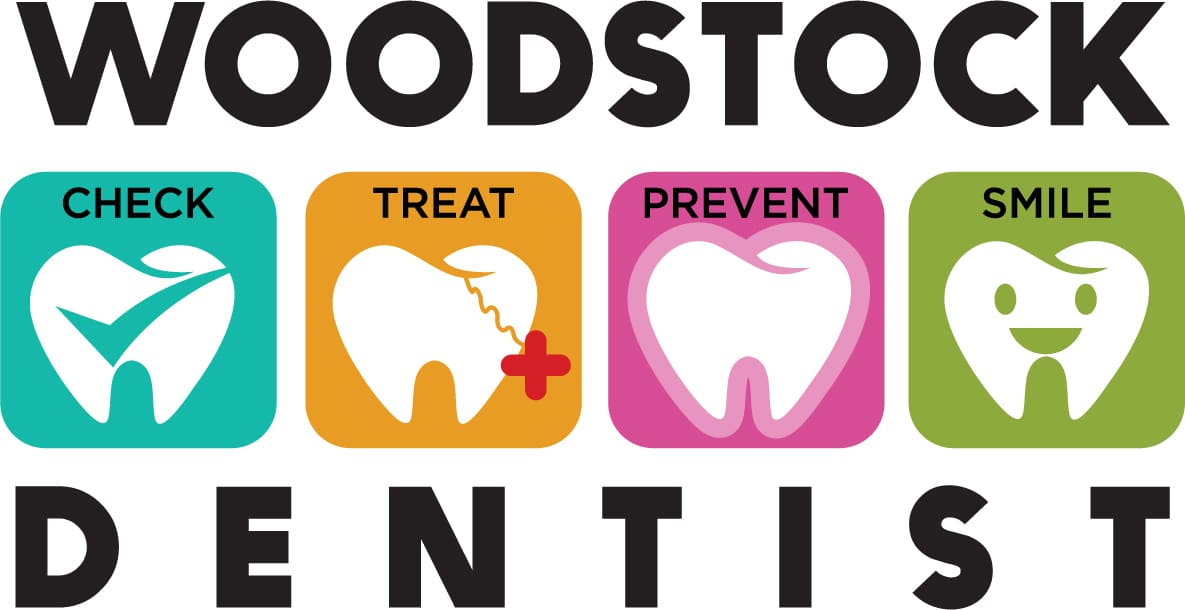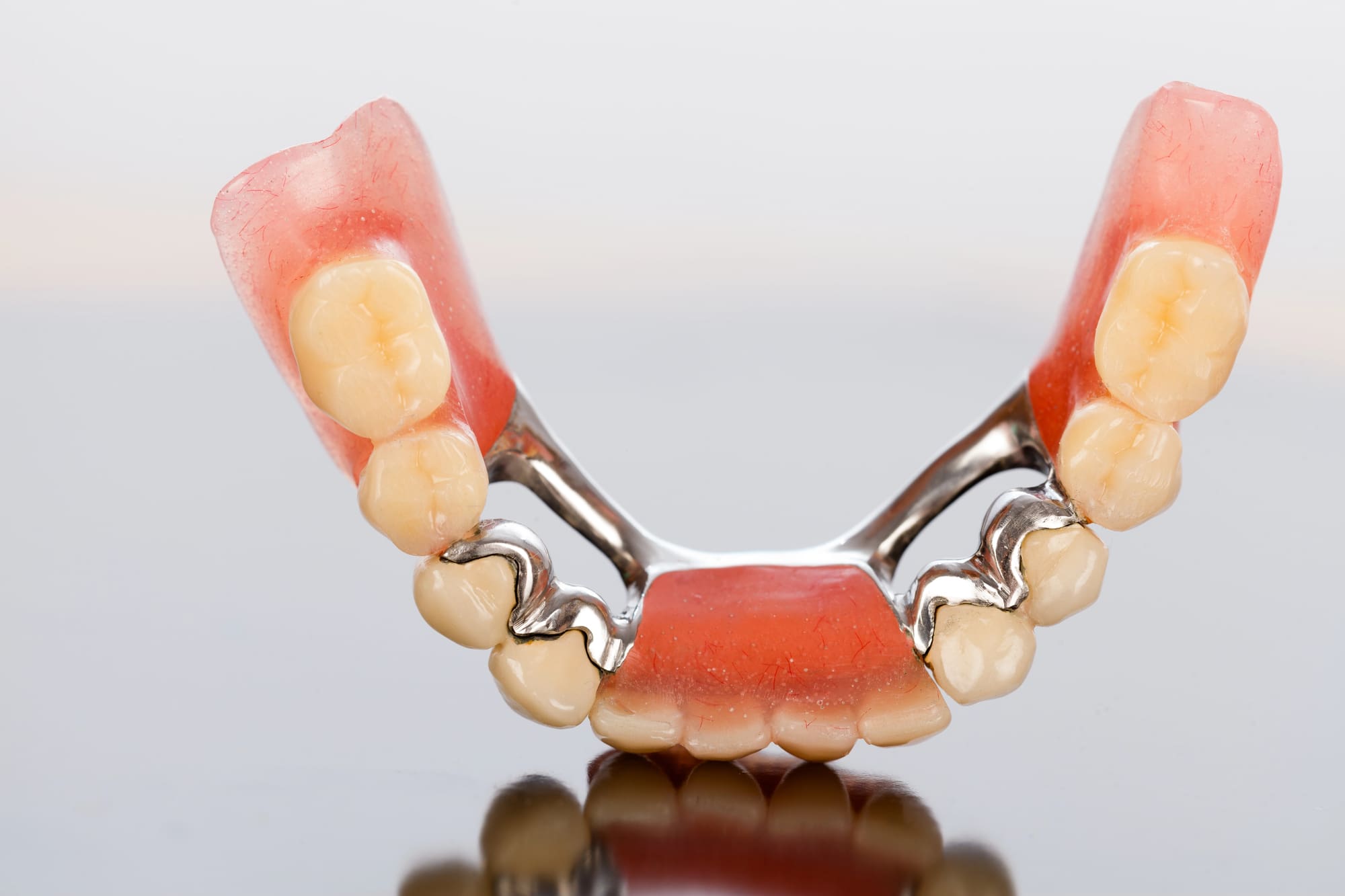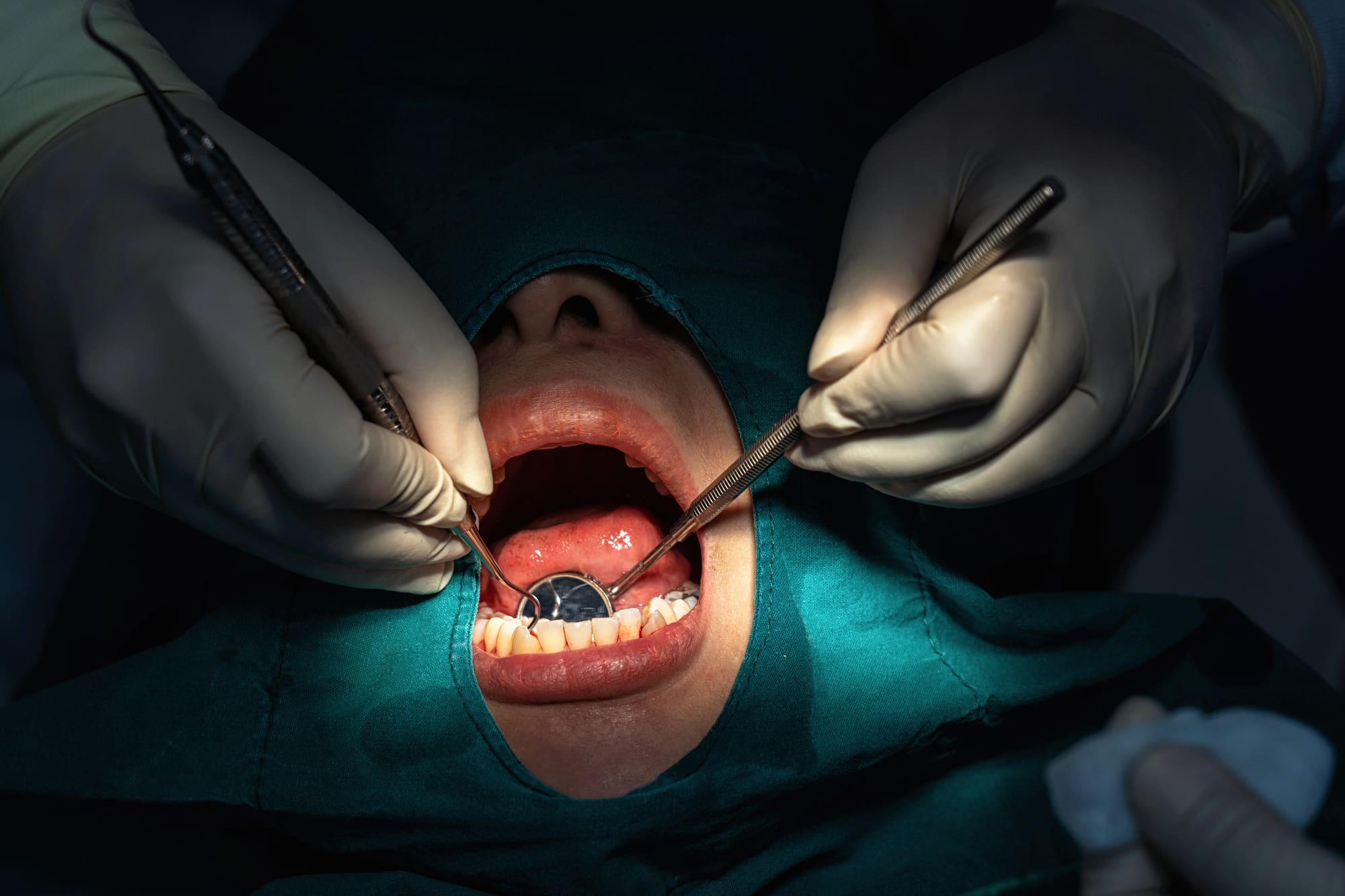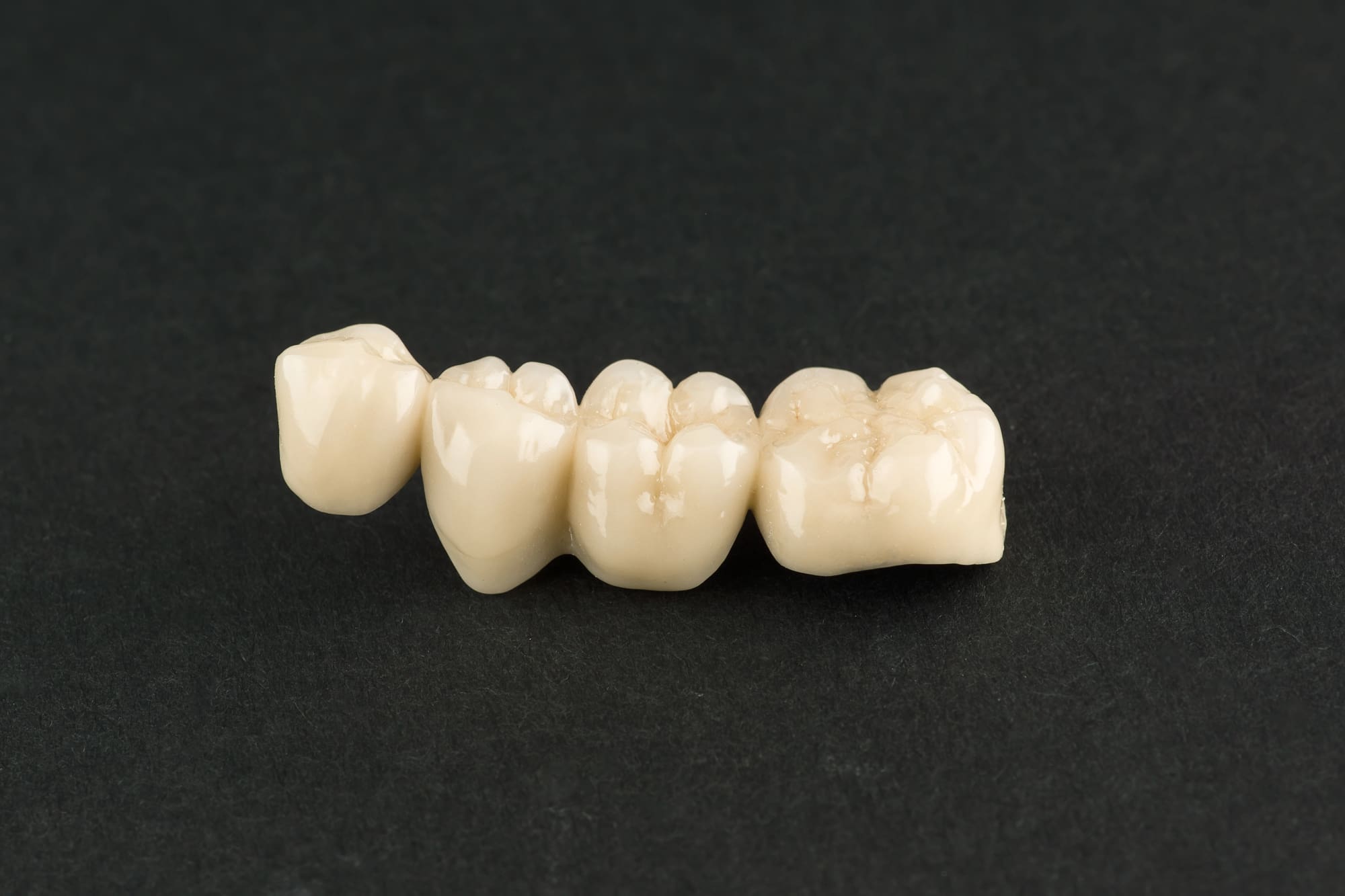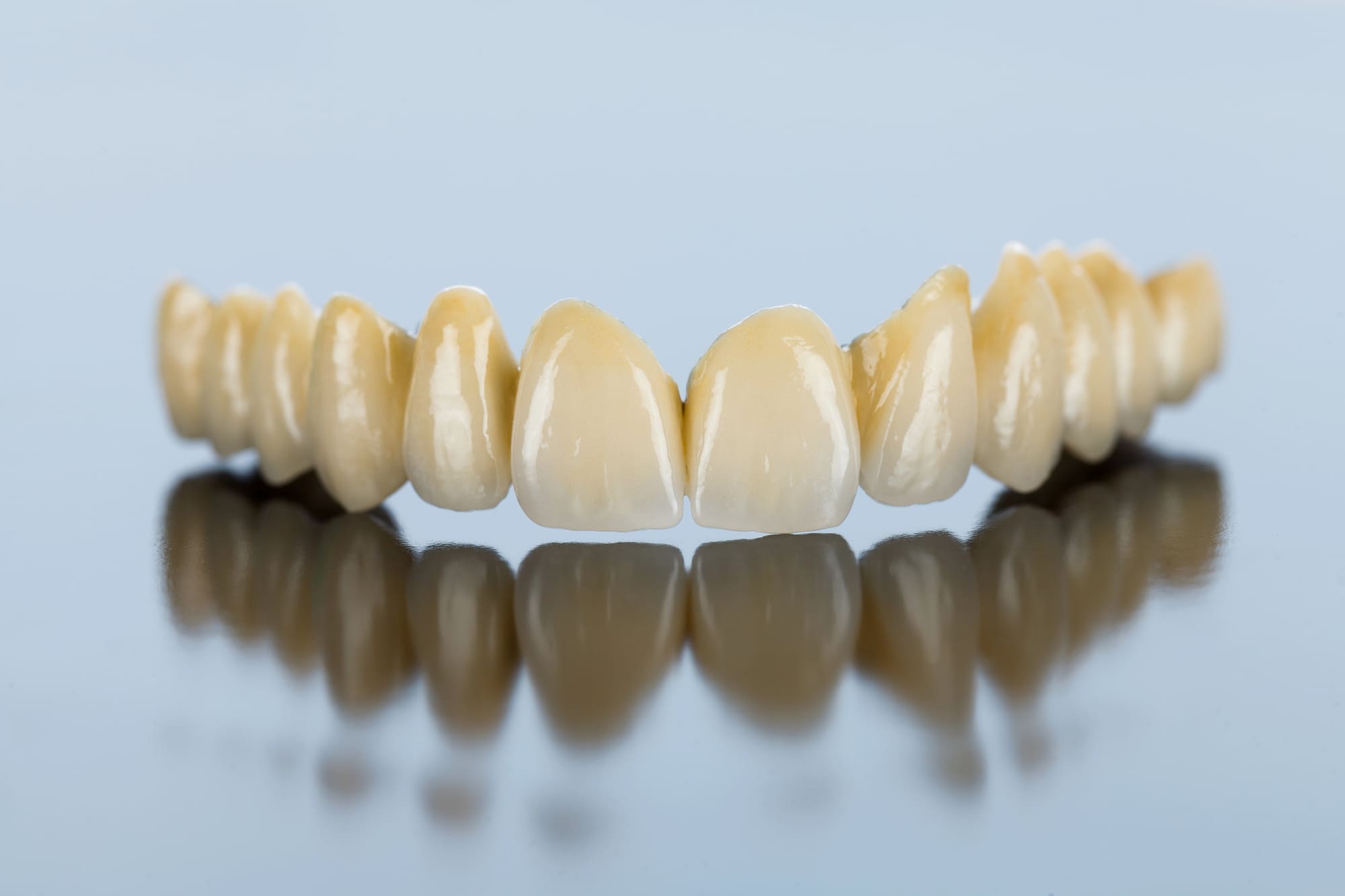Are you searching for affordable dental bridges near me to restore your smile without breaking the bank? Finding cost-effective solutions for dental bridges can be challenging, but understanding the options available in your area can help you make informed decisions. This guide explores various avenues to access affordable dental care, ensuring you can achieve a healthy smile within your budget.
Affordable Dental Bridges Near Me: Understanding Dental Bridge Basics
Dental bridges are a common solution for individuals seeking to replace missing teeth, providing both functional and aesthetic benefits. These dental appliances work by bridging the gap created by one or more missing teeth, using adjacent teeth or implants as anchors. Understanding the basics of dental bridges can help you make informed decisions when searching for affordable dental bridges near me. The process typically involves the placement of crowns on the supporting teeth, with a false tooth or teeth in between, effectively restoring your smile and improving oral health.
When considering affordable dental bridges near me, it’s essential to recognize the different types available, such as traditional, cantilever, Maryland, and implant-supported bridges. Each type has its unique characteristics and suitability depending on individual dental needs. For those interested in learning more about specific applications, such as front teeth replacements, you can explore further details in our article on Dental Bridges for Front Teeth: What You Need to Know Before Treatment.
Affordable Dental Bridges Near Me
When considering affordable dental bridges near me, it’s essential to explore the various material options available. Dental bridges can be crafted from a range of materials, each offering unique benefits and characteristics. Common materials include porcelain, metal alloys, and composite resins. The choice of material can influence the bridge’s durability, appearance, and cost, making it a crucial factor in your decision-making process.
Understanding the differences between these materials can help you make an informed choice that aligns with your needs and budget. Whether you prioritize aesthetics or longevity, knowing the options can guide you toward a solution that fits your lifestyle. For more information on dental bridge options and services, visit our Dental Bridges Services In Woodstock page to learn more about affordable dental bridges near me.
Comparing Bridge Types and Costs
When exploring affordable dental bridges, understanding the different types and their associated costs is crucial. Dental bridges come in various forms, including traditional, cantilever, Maryland, and implant-supported bridges, each with unique characteristics and price points. Traditional bridges, often made from porcelain fused to metal or ceramics, are typically more cost-effective than implant-supported options, which require surgical procedures. Cantilever bridges, used when there are adjacent teeth on only one side of the missing tooth, may vary in cost depending on materials and complexity. Maryland bridges, known for their conservative approach using metal or porcelain wings bonded to existing teeth, can offer a budget-friendly alternative. By comparing these types, individuals can gain insight into potential expenses and make informed decisions based on their specific dental needs and financial considerations.
Factors Influencing Bridge Pricing
When searching for affordable dental bridges near me, it’s important to understand the various factors that can influence the pricing of dental bridges. The cost can vary significantly based on the materials used, such as porcelain or metal alloys, and the complexity of the dental work required. Geographic location also plays a crucial role, as prices may differ from one region to another. Additionally, the expertise and experience of the dental professional can impact the overall cost. For those in the Woodstock area, considering a Woodstock Dentist might provide insights into local pricing variations.
Insurance Coverage for Dental Bridges
When searching for affordable dental bridges near me, understanding your insurance coverage can be crucial in managing costs. Many dental insurance plans offer partial coverage for dental bridges, which can significantly reduce out-of-pocket expenses. It’s important to review your specific policy details, as coverage can vary widely depending on the provider and plan. By knowing what your insurance covers, you can better plan for the financial aspects of obtaining a dental bridge, making it easier to find a cost-effective solution that fits your budget.
Finding Local Dental Bridge Providers
When searching for affordable dental bridges near me, it’s essential to explore various local dental bridge providers in your area. By doing so, you can compare different options and find a provider that meets your needs and budget. Local directories, community forums, and online search engines can be valuable resources in identifying nearby dental professionals who offer dental bridge services. Engaging with local communities and seeking recommendations can also provide insights into the availability and reputation of dental bridge providers in your vicinity.
Evaluating Bridge Longevity and Durability
When considering affordable dental bridges near me, it’s essential to understand the factors that contribute to their longevity and durability. Dental bridges are designed to restore functionality and aesthetics, but their lifespan can vary based on materials used, oral hygiene practices, and individual lifestyle choices. While affordability is a key consideration, evaluating the durability of dental bridges ensures that they provide a lasting solution for missing teeth. Understanding these aspects can help in making informed decisions about dental health investments.
Common Myths About Dental Bridges
When searching for affordable dental bridges near me, it’s important to separate fact from fiction. One common myth is that dental bridges are only a temporary solution, when in reality, they can last many years with proper care. Another misconception is that dental bridges are uncomfortable or unnatural-looking, but advancements in dental technology have made them more comfortable and aesthetically pleasing than ever before. Additionally, some believe that dental bridges are prohibitively expensive, yet there are numerous cost-effective options available that can fit various budgets. Understanding these myths can help individuals make informed decisions about their dental health.
Patient Experiences with Dental Bridges
When searching for affordable dental bridges near me, many patients have shared their experiences of improved oral health and restored confidence. Individuals often report feeling more comfortable in social settings and enjoying a wider variety of foods after receiving their dental bridges. The process of getting dental bridges is generally described as straightforward, with many patients appreciating the balance between cost-effectiveness and the enhancement of their quality of life. These shared experiences highlight the positive impact that affordable dental bridges can have on daily living.
Conclusion
Finding affordable dental bridges near me can be a straightforward process with the right resources. For more information or to schedule a consultation, call 678-483-5999 or visit Google Maps to read reviews.
